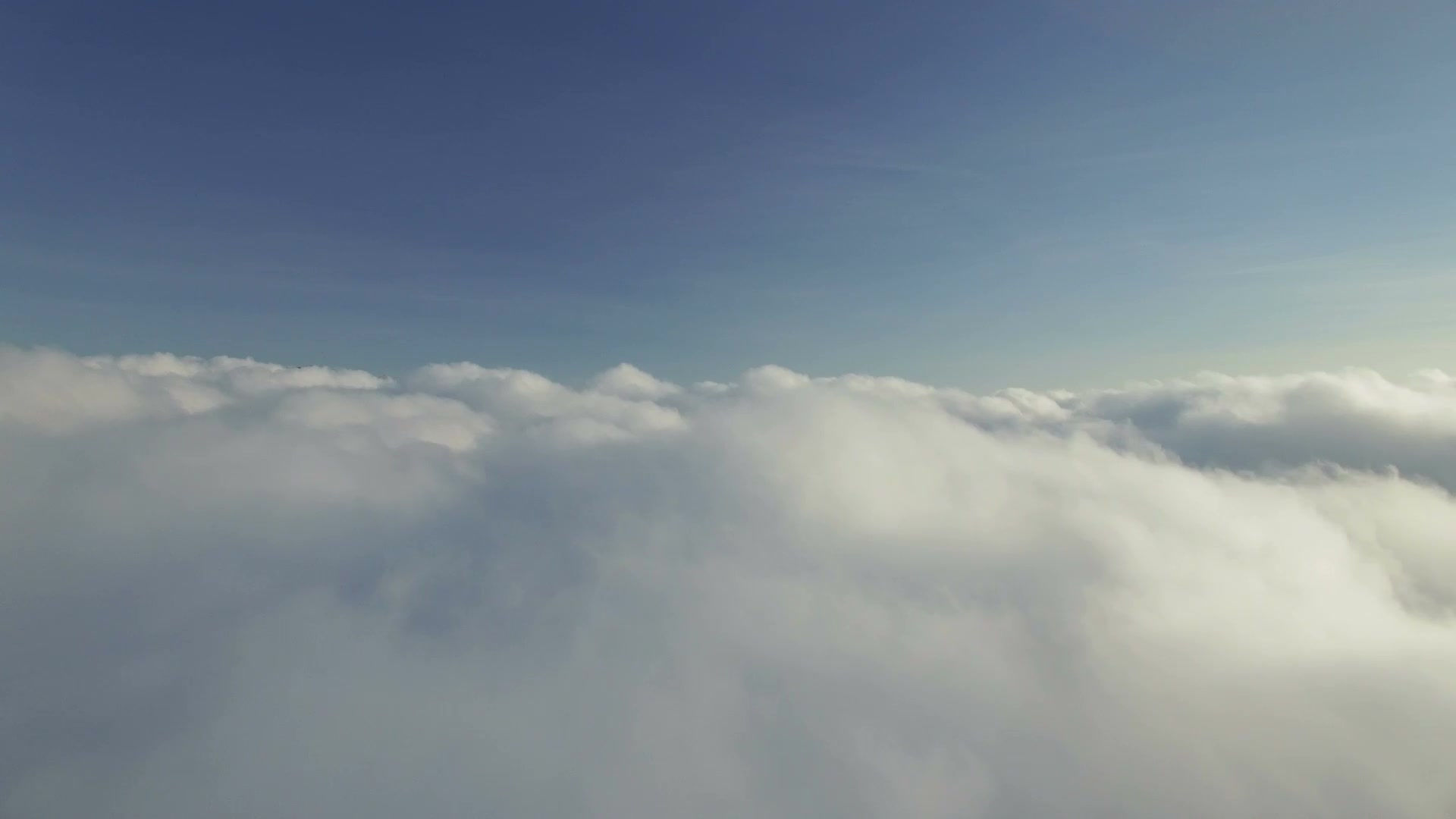Film K-9 1989 Torrent 119
- manbuterpo1988
- Aug 18, 2023
- 3 min read
Ranma (らんま) is a Japanese anime series adapted from the manga of the same name by Rumiko Takahashi. It was created by Studio Deen and aired weekly between April 15, 1989 and September 16, 1989 on Fuji TV before being canceled after 18 episodes due to low ratings. Shortly after, the series was reworked by most of the same staff, retitled Ranma Nettōhen (らんま 熱闘編) and launched in a different time slot, running between October 20, 1989 and September 25, 1992 for 143 episodes.[1]
film k-9 1989 torrent 119
Download File: https://miimms.com/2vHTCp
Viz Media licensed both anime, the films and the first 11 OVAs for English dubs in North America. They labeled both anime as one series and first released it on subtitled and dubbed VHS, later combining it into seven DVD collections they call "seasons".[6] Besides changing the ordering of many of the anime episodes, Viz also added the third film to their set of the OVAs. They began re-releasing the show on Blu-ray and DVD in 2014.[7] Madman Entertainment released part of the anime series and the first two movies in Australasia, before their license expired, and MVM Films released the first two movies in the United Kingdom.[8][9][10][11]
Viz Media released all 11 OVAs in North American in one set. It also includes the third film, Super Indiscriminate Decisive Battle! Team Ranma vs. the Legendary Phoenix, added as the ninth episode, bringing the set's episode count to 12.
Current evolutionary hypotheses and theories state that contemporary landscape preferences are influenced by human evolution, reflecting the innate landscape qualities that enhanced survival for humanity through time. These schools of thought include the biophilia hypothesis (120. Wilson, 1993 and 121. 1984 ), the savanna hypothesis (122. Orians & Heerwagen, 1992 ), the habitat theory and prospect-refuge theory (123. Appleton, 1977 ), and the preference matrix (124. R. Kaplan & Kaplan, 1989 ). While empirical research has shown that there is a degree of universality to landscape preferences among humans, preferences have been modified by cultural influences, experiences and socio-economic factors(125. Tveit et al, 2007 ). Variations in landscape preferences have thus emerged among immigrants, ethnic groups, subcultures, genders, and age groups.
There is also evidence for stress reduction related to both experiencing real nature and seeing images of nature (e.g., Grahn & Stigsdotter, 2010; Leather et al., 1998; Bloomer, 2008; Kahn, Friedman, Gill et al., 2008; Hartig et al., 2003), that natural environments are generally preferred over built environments (e.g., van den Berg, Koole & van der Wulp, 2003; Hartig, 1993; R. Kaplan & Kaplan, 1989; Knopf, 1987; Ulrich, 1983).
The Access to Thermal & Airflow Variability pattern has evolved from research measuring the effects of natural ventilation, its resulting thermal variability, and worker comfort, well-being and productivity (Heerwagen, 2006; Tham & Willem, 2005; Wigö, 2005), physiology and perception of temporal and spatial alliesthesia (pleasure) (Parkinson, de Dear & Candido, 2012; Zhang, Arens, Huizenga & Han, 2010; Arens, Zhang & Huizenga, 2006; Zhang, 2003; de Dear & Brager, 2002; Heschong, 1979), Attention Restoration Theory and impact of nature in motion on concentration (Hartig et al., 2003; Hartig et al., 1991; R. Kaplan & Kaplan, 1989) and, generally speaking, a growing discontent with the conventional approach to thermal design, which focuses on trying to achieve a narrow target area of temperature, humidity and air flow while minimizing variability (e.g., de Dear, Brager & Cooper, 1997). 2ff7e9595c

Comments